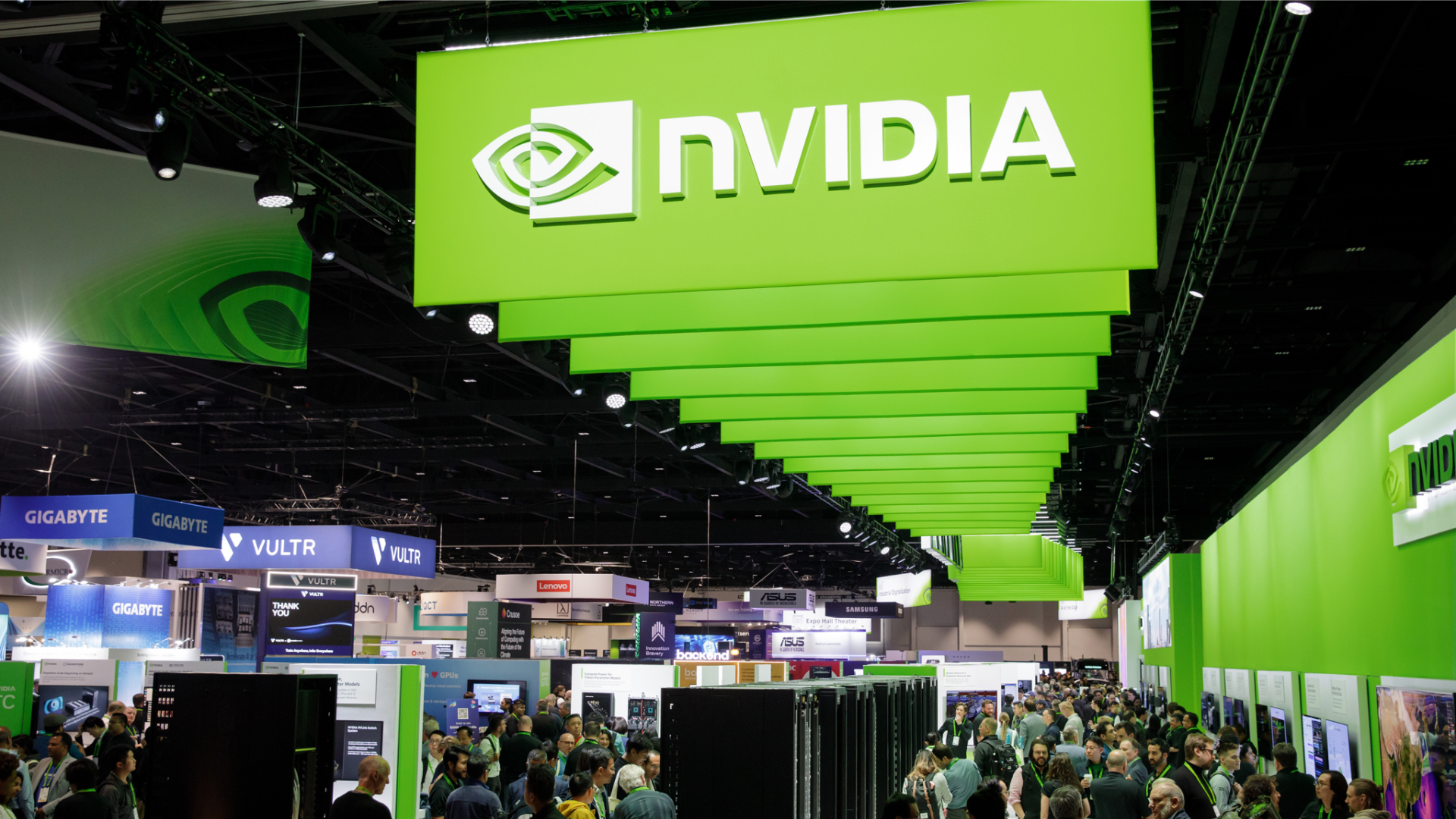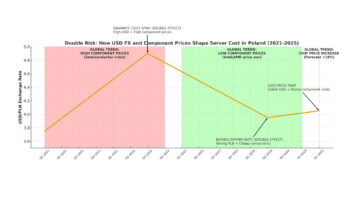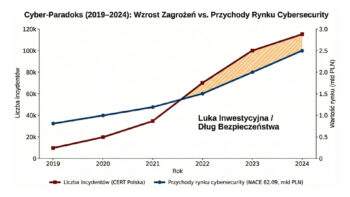NAS servers are devices which are worth considering if you run a business. Although the word ‘server’ may evoke associations with expensive and complicated products, the current offer of NAS devices is so wide that the purchase can be finalised for even less than PLN 2,000 and, in return, a number of possibilities, including the improvement of remote working, as described by Łukasz Milic, Business Development Representative, QNAP.
BrandsIT: What are the possibilities of using a NAS server in a small company?
Łukasz Milic: Despite their size, small companies increasingly need advanced systems and solutions to meet market requirements and customer expectations. Unfortunately, investments in expensive, dedicated solutions may be beyond the financial reach of a small company. Therefore, a NAS server may be the ideal solution for such a company. The days when a NAS was simply a networked hard drive are long gone, and nowadays a NAS server offers great functionality, allowing a company to buy a single device to meet its needs. Just to name a few features such as VPN, FTP or database server. The ability to run virtual machines or containerised applications. SD-WAN or Qsync private file cloud functions. The NAS can be the company’s router, firewall and VPN. At the same time, it can offer file sharing and exchange applications. And in the background, it can run the company’s CRM running in a virtual machine. And all in one device, which in turn optimises the configuration, management and also the costs associated with maintaining such a device.
What are the benefits for the company of using a NAS server for remote working?
ŁM: In a situation where employees need to access the company’s data and digital assets from home or other remote locations, it is extremely important to ensure security, accountability of access to data, but also to make this process as easy as possible. With NAS, the company’s users can connect via VPN to the company’s network, which gives them the opportunity to work as if they were on-site. With a private file-sharing cloud (like Qsync at QNAP), the user does not have to work on remote files (which affects convenience), as they are synchronised with their computer. The NAS also allows you to run a private messenger, as well as make a live backup of users’ mail. That’s not all, of course, as the administrator can remotely manage the configuration, monitor who of the users is connected to the resources, as well as what is happening to the files. An additional snapshot mechanism allows data on the NAS to be protected against accidental overwriting, deletion or encryption by ransomware.
What types of NAS servers are currently available on the market and what are their characteristics?
ŁM: The NAS market has been growing strongly in recent years. The continuous growth of corporate as well as private data and the need to store and secure it has drawn customers’ attention to such solutions. This, in turn, has driven the development of the devices and increased their functionality. On the market, there are small devices at attractive prices aimed at home users, but also models for very large enterprises with high performance and the possibility of large spaces.
What criteria should you consider when choosing a NAS for your business?
LM: Selecting a NAS device is not easy, as it is not just a question of estimating the required capacity. There are currently various models available with different components. I usually ask customers a few questions to help them choose the right solution. One at a time – whether it should be a Tower or RACK enclosure solution, and if RACK, whether it should have one or two power supplies. Another consideration is space – how many drive bays does the unit need to have, what drives does the customer plan to use and what space does the customer need. To this we also add the expected RAID level (which translates into space, but also, and most importantly, data security in the event of disk failure). The next step is the network interfaces. A 1GbE network is no longer sufficient for the main data store, so we equip the devices with 2.5GbE and 10GbE network ports, and the customer can even use 25GbE, 40GbE or even 100GbE cards. Finally, there is the question of the intended use – whether the device is to be used only as a data store or whether we plan to run additional applications or virtual machines on it. It is only by answering these questions that we are able to make a sensible choice of device for the company. We do our best to help our customers in this regard, and we also train our sales partners so that they are able to assist in the selection of a device.
Is it cyber-secure to use a NAS? What can be done to increase the level of cyber security of the server?
LM: Every device is only as secure as its weakest link. Unfortunately, more often than not, that link is man. Or even not man, but his laziness. For any solution to be user-friendly, it must be easy to configure and use. Unfortunately, ‘easy’ is often at odds with ‘secure’. Here, unfortunately, laziness wins out – complicated passwords are difficult to remember, updates tend to come at the wrong time and an administrator requiring password changes is the biggest enemy. We strive to make our devices convenient to use, while adding features that enhance the security of the device itself and data. QNAP users can take advantage of an app that scans the entire configuration of the device and pinpoints where threats may be lurking. The user/administrator can then easily change the settings. However, a few things are most important: secure and therefore long and complex passwords, use of network ports other than the default, snapshot mechanisms to protect against data overwriting/encryption and backup, preferably in another location.
Łukasz Milic – Business Development Representative, QNAP. Experienced administrator. He has specialised in backup/storage for many years. Currently responsible for the QNAP partner channel in southern Poland. He has extensive experience in speaking online and at conferences, is a certified QNAP trainer and runs the QNAP Poland channel on YouTube.












